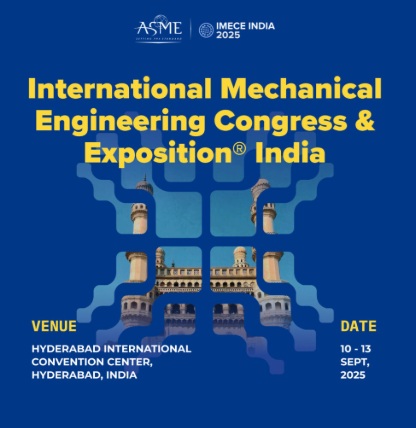High energy density and minimal energy losses render thermochemical energy storage (TCES) systems a promising long-term solution for space heating applications. While inorganic salt hydrates are considered effective thermochemical materials, challenges such as cycling stability, agglomeration, and deliquescence during the charging and discharging processes limit their efficacy. Porous matrices, like silica gel (SiO2), present a viable alternative to address these issues. In this study, a two-dimensional numerical model for SiO2 is developed for an open TCES system and validated against in-house experimental data. A parametric analysis was conducted to examine the effects of varying inlet airflow rates and air temperature on the system's discharging performance. The numerical results exhibit the maximum temperature rise of ~ 33°C and peak discharging efficiency of ~49% for the lowest airflow rate of 0.00639 kg/s. Additionally, the highest discharging efficiency of 60.38% was observed at the highest inlet air temperature of 27°C. These findings offer valuable insights for optimizing material composition to enhance the stability and sustainability of energy storage systems.

